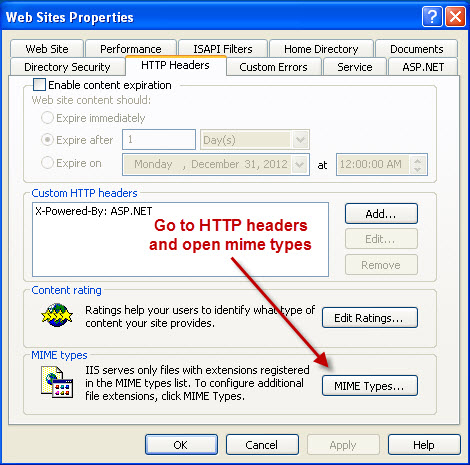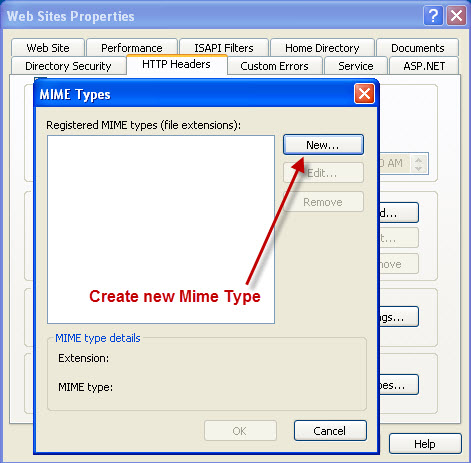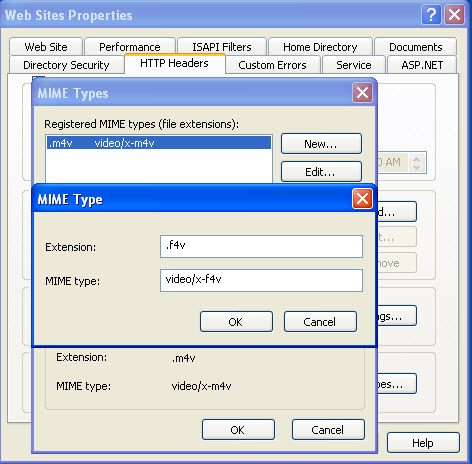What is a MIME type? – MIME stands for “Multipurpose Internet Mail Extensions. It’s a way of identifying files on the Internet according to their nature and format. For example, using the “Content-type” header value defined in a HTTP response, the browser can open the file with the proper extension/plugin.
Wikipedia – An Internet media type[1] is a two-part identifier for file formats on the Internet. The identifiers were originally defined in RFC 2046 for use in email sent through SMTP, but their use has expanded to other protocols such as HTTP, RTP and SIP. These types were called MIME types, and are sometimes referred to as Content-types, after the name of a header in several protocols whose value is such a type. The original name MIME type referred to usage to identify non-ASCII parts of email messages composed using the MIME (Multipurpose Internet Mail Extensions) specification. Without MIME types, email clients would not be able to understand if an attachment file were a graphics file or a spreadsheet etc. and would not be able to handle the attachment appropriately. Wikipedia
Listed as serveral Mime Types used for the JW Player video which you may want to stream content on your intranet/internet site.
MP4 ( .m4v, .f4v, .mov )
- video/x-m4v = .m4v
- video/x-f4v = .f4v
- video/x-mov = .mov
Step1. Open IIS6 – Internet Information Server and find the tab HTTP Headers.

Step2. – Open the Mime Types button.

Step 3. – Hit the new tab where you will add the new Mime Types.

Step 4. – Where extension is list add the extension eg: .m4v and where it list Mime Types add the appropriate mime type for the extension.

Step 5. – Follow the steps for all other Mime Types you would like to add be it for video and audio.


Your listed Mime Types will show up after you finish added each one.
